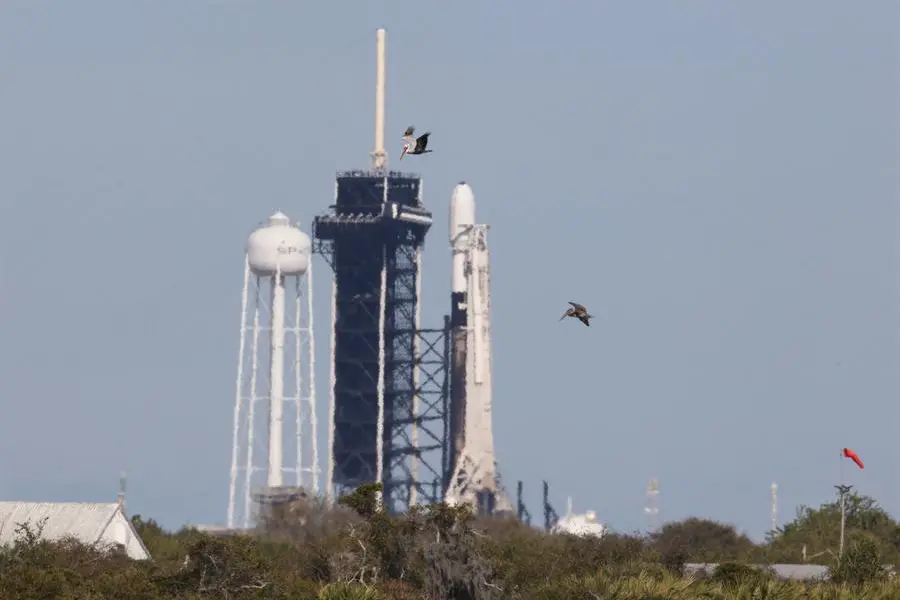PHOTO
Japan's space agency said on Tuesday it will try to revive its Moon lander after a second frigid, two-week lunar night, following a surprising awakening last month.
The unmanned Smart Lander for Investigating Moon (SLIM) touched down in January at a wonky angle that left its solar panels facing the wrong way.
As the sun's angle shifted, it came back to life for two days and carried out scientific observations of a crater with a high-spec camera.
But the probe, which was not designed for the freezing, two-week-long lunar nights, when the temperature plunges to minus 133 degrees, was shut down in early February.
It was then woken up weeks later before being put back to sleep in early March, ahead of another scheduled operation attempt.
The Japan Aerospace Exploration Agency (JAXA) said on Tuesday that it hoped "there will be enough sunlight on the solar cells to start up SLIM around this evening".
"The project team will begin operations today to restart SLIM after the second lunar night," it said in a post on X, formerly Twitter.
JAXA added that it is uncertain if SLIM would respond on Tuesday night as it has been exposed to extreme temperatures.
An uncrewed American lander called Odysseus, which became the first private spaceship on the Moon, was unable to wake up, its manufacturer said on Saturday, even after its solar panels were projected to receive enough sunlight to turn on its radio.
SLIM, dubbed the "Moon Sniper" for its precision landing technology, touched down within its target landing zone on January 20.
The feat was a win for Japan's space programme after a string of recent failures, making the nation only the fifth to achieve a "soft landing" on the Moon, after the United States, the Soviet Union, China and India.
The aim of the mission is to examine a part of the Moon's mantle -- the usually deep inner layer beneath its crust -- that is believed to be accessible.
NASA is planning to return astronauts to the Moon later this decade.
The US, along with international partners, wants to eventually develop long-term habitats in the region, harvesting polar ice for drinking water -- and for rocket fuel for eventual onward voyages to Mars.























